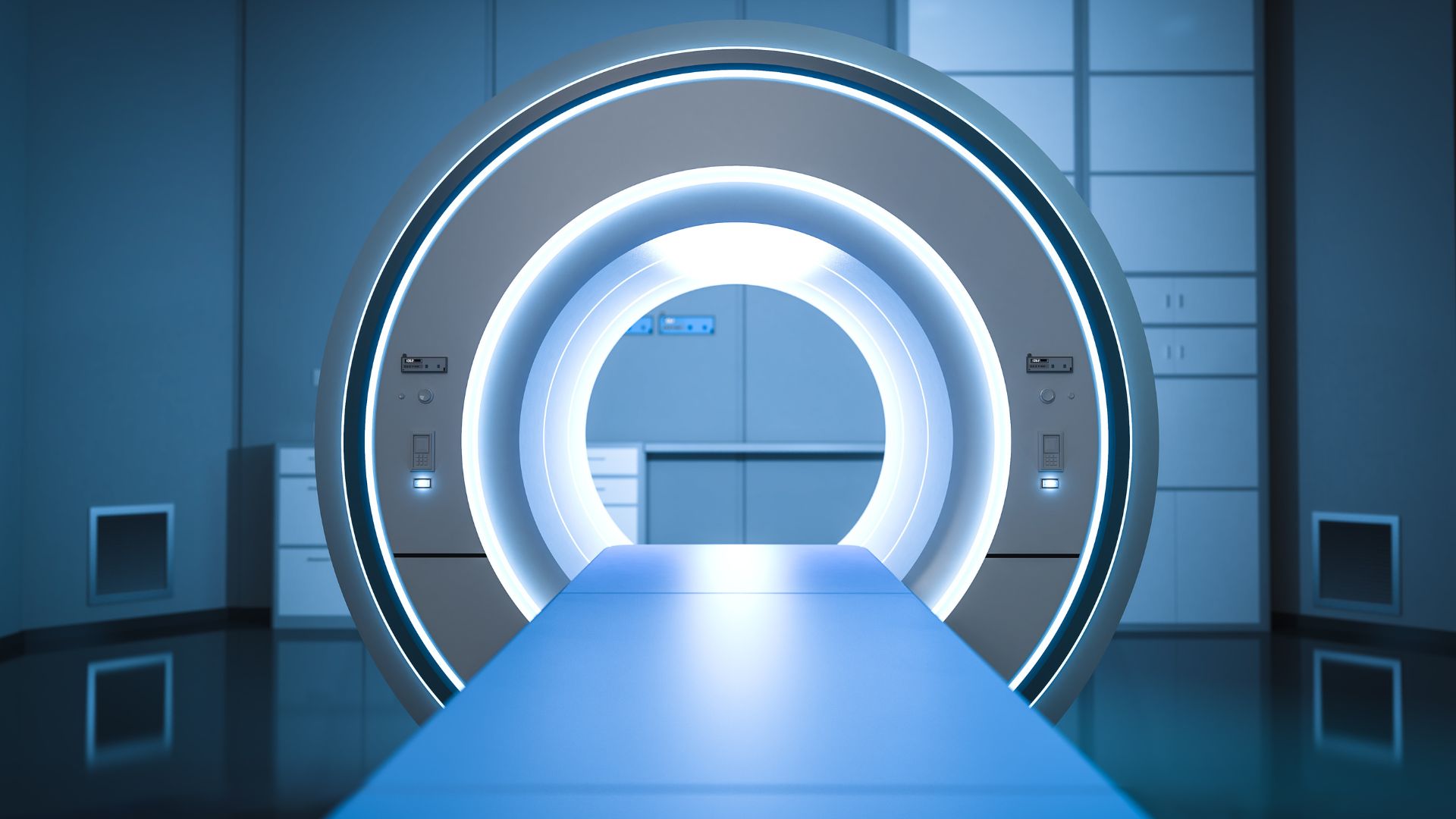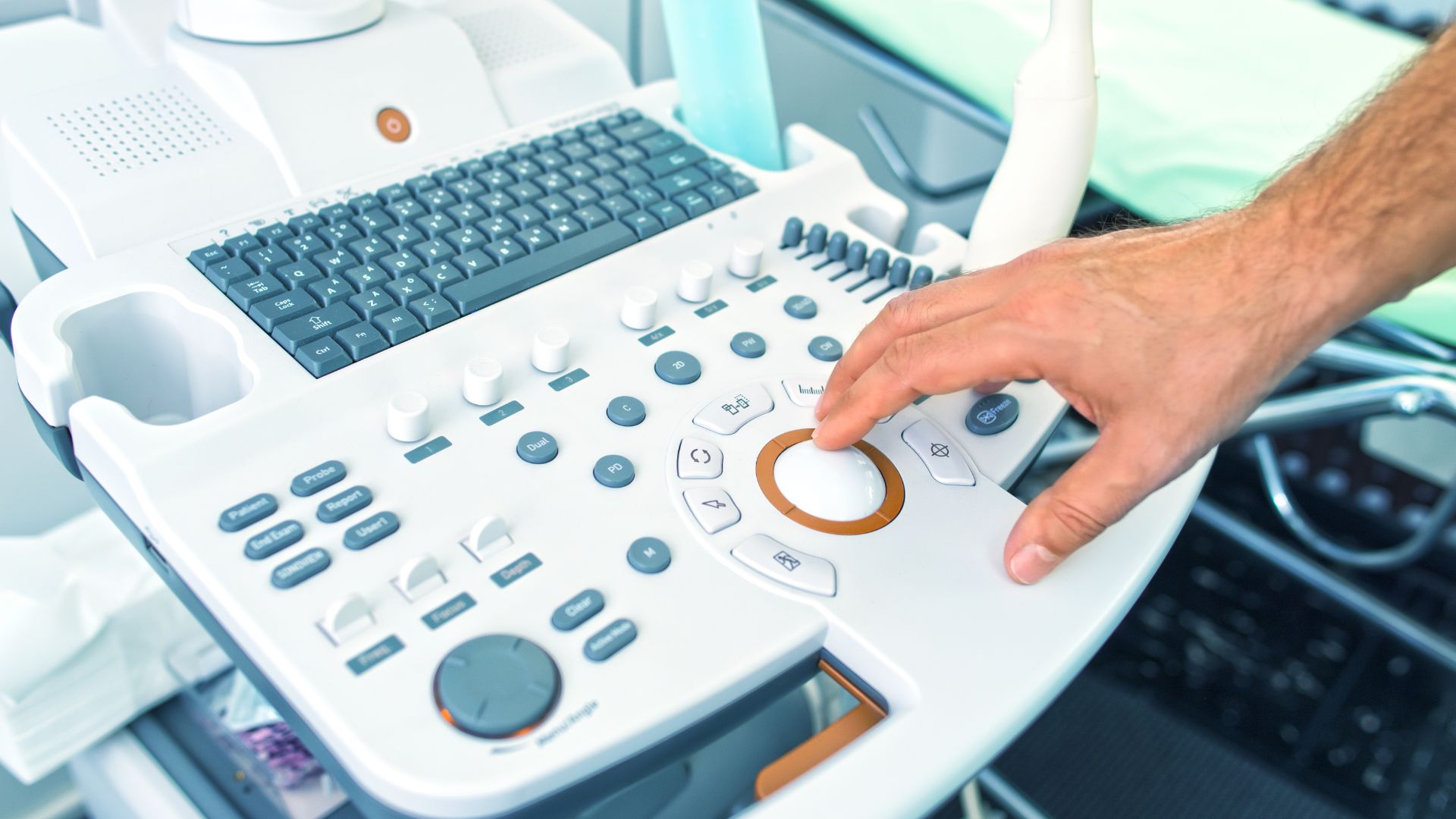Computer-aided design & computer-aided manufacturing (CAD/CAM) dental systems have revolutionized prosthetic dentistry, orthodontics & restorative treatments—enabling same-day crowns, inlays & veneers. Because these devices integrate hardware, software & material processing, they fall under strict FDA oversight. Manufacturers marketing CAD/CAM milling machines, intraoral scanners or 3D printing systems in the US must comply with device regulations, software validation & labeling standards to avoid Import Alerts, detentions & compliance setbacks.
How the FDA Classifies CAD/CAM Dental Systems
Classification depends on the system’s intended use, risk level & integration with digital workflows:
Device Classifications
- Class I (Low Risk): Basic dental modeling software & accessories that do not fabricate restorations. Often exempt from 510(k), but still require Establishment Registration & Medical Device Listing.
- Class II (Moderate Risk): Milling units, intraoral scanners & CAD/CAM design software. These require 510(k) clearance to demonstrate substantial equivalence.
- Class III (High Risk): 3D printing systems with bioactive materials or AI-driven software for surgical planning. Require Premarket Approval (PMA).
Steps to Legally Market CAD/CAM Systems in the US
Manufacturers must complete several key steps to ensure FDA compliance:
- Establishment Registration: Annual FDA registration is required for all manufacturers & importers.
- Medical Device Listing: Each CAD/CAM system must be listed under the registered establishment.
- Unique Device Identifier (UDI) Compliance: Required for tracking, recalls & transparency.
- Software Validation & Cybersecurity: Any digital system handling patient data must meet FDA software validation & cybersecurity standards.
- Labeling & Advertising Compliance: All claims related to material compatibility, software accuracy & treatment outcomes must be scientifically validated.
Common Compliance Challenges & Solutions
Compliance missteps can delay product launches & increase regulatory risk. Below are real-world examples of how early classification & validation can avoid costly setbacks:
Case Study: 3D Printing System Delayed Due to Software Validation Issues
A manufacturer attempted to launch a CAD-integrated 3D printer but was rejected due to incomplete validation. They had to:
- Conduct cybersecurity risk assessments.
- Complete additional software testing.
- Reapply after consulting regulatory experts.
Case Study: CAD/CAM Milling Unit Misclassified as Class I
A high-speed milling system was incorrectly classified as Class I instead of Class II. This caused:
- Clearance delays for 510(k) approval.
- Additional testing costs.
- A 513(g) request to confirm classification.
Regulatory Considerations for Manufacturers
Key factors to keep in mind throughout development & launch:
- FDA User Fees: Annual registration fees apply; Small Business Fee Assistance may be available.
- Import Alerts: Repeated violations can trigger automatic shipment holds.
- Certificate to Foreign Government (CFG): Needed to export compliant CAD/CAM devices internationally.
- Health Canada Licensing: An MDEL may be required for expansion into Canada.
Sustaining Compliance After Market Approval
Approval is just the beginning—long-term compliance protects your brand & market position:
- Electronic Medical Device Reporting (eMDR): Required for software issues, system failures & patient safety concerns.
- FOIA Requests: Access competitor clearance trends for future benchmarking.
- Medical Device Master File: Protect proprietary software & streamline future approvals.
- Ongoing Consulting: Stay current with evolving FDA software & cybersecurity policies.
Powering Precision with Regulatory Clarity
Launching a CAD/CAM dental system in the US requires more than a quality product—it requires a roadmap for compliance. Accurate classification, thorough validation, cybersecurity readiness & strategic labeling all play key roles in gaining approval & sustaining long-term success. With the right strategy, your innovation can reach clinicians faster & help shape the future of digital dentistry.








